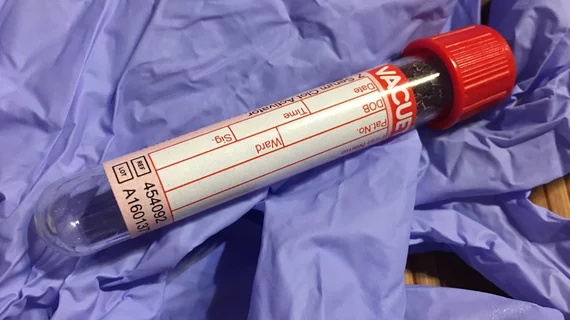Signs of COVID-19 still in blood sample 40 days after symptom resolution
SARS-CoV-2 RNA was found in a blood sample more than a month after the donor’s symptoms of an upper respiratory infection had all resolved. Should this lead to changes in how we screen potential donors going forward?
The donor had symptoms of an upper respiratory infection, including body aches and a sore throat, in early March 2020, according to the case study published in Annals of Internal Medicine. The individual was never officially tested for COVID-19. The sample was collected on April 23, when the donor was feeling 100% healthy.
“The confirmation of donor RNAemia more than one month after symptom resolution is concerning in light of current guidelines, which do not recommend SARS-CoV-2 screening in the general allogeneic donor population,” wrote lead author Tho D. Pham, MD, Stanford University School of Medicine, and colleagues. “In this case, plasma viral RNA was reproducibly detected at a time point that exceeded recommendations for deferral based on time since symptom resolution (14 days).”
Ultimately, Pham et al. emphasized that the detected SARS-CoV-2 levels were low, making a transfusion-related infection unlikely. However, “out of an abundance of caution and in the interest of further defining the risk to the local blood supply,” the testing facility is now asking that potential donors wait a full 56 days after symptom resolution before making donations. The prior requirement was a 28-day waiting period.
“This case should be taken into consideration as blood donation policies are being crafted, particularly as infections increase with the relaxation of shelter-in-place orders worldwide,” the authors wrote.
The full analysis is available here.

